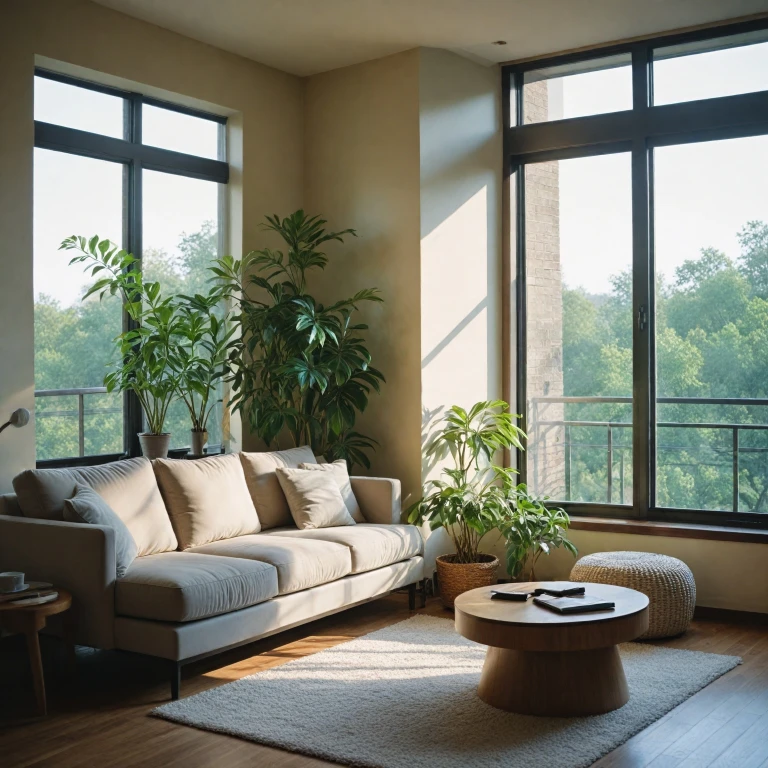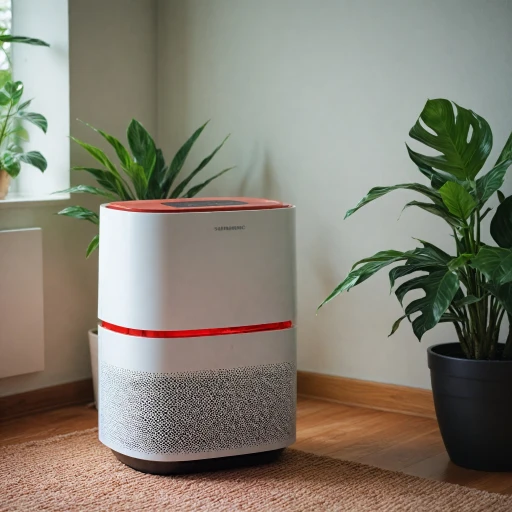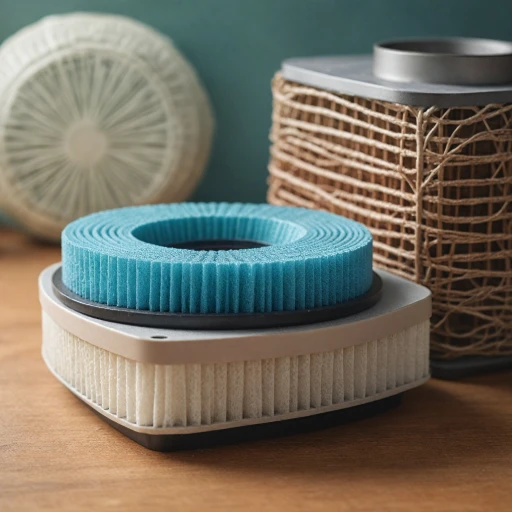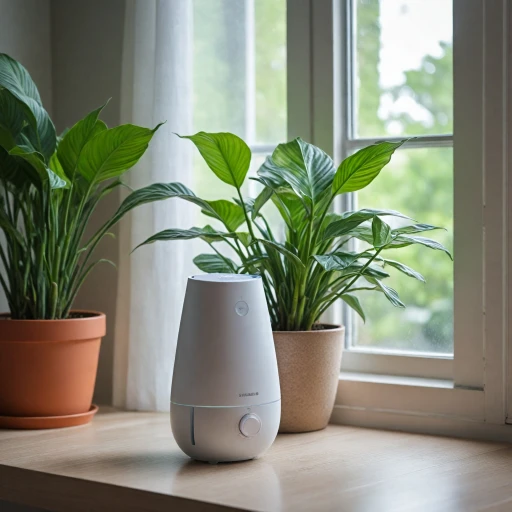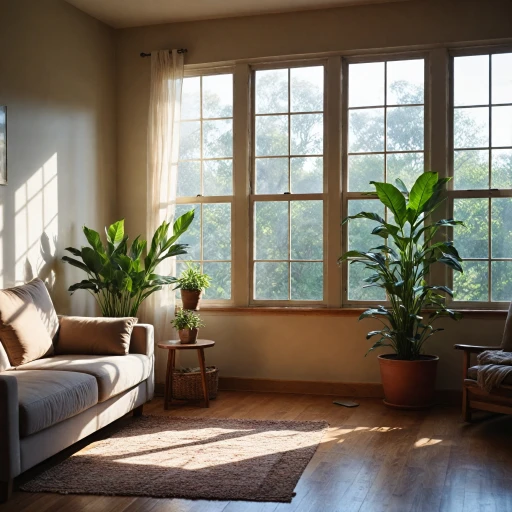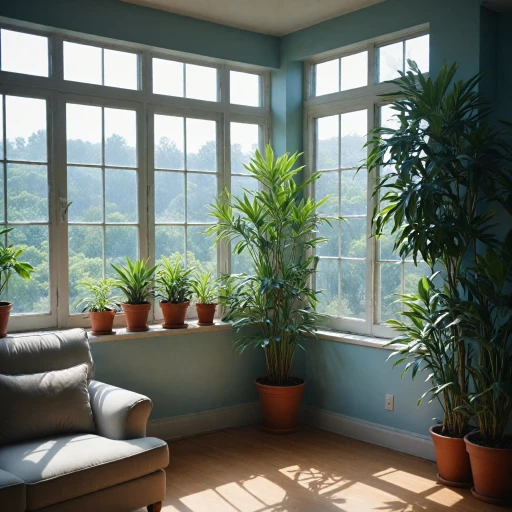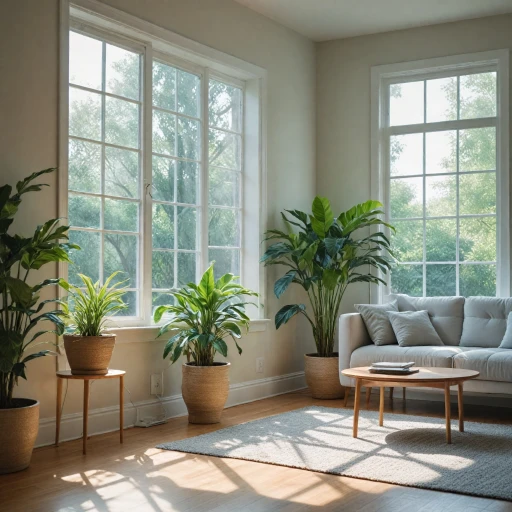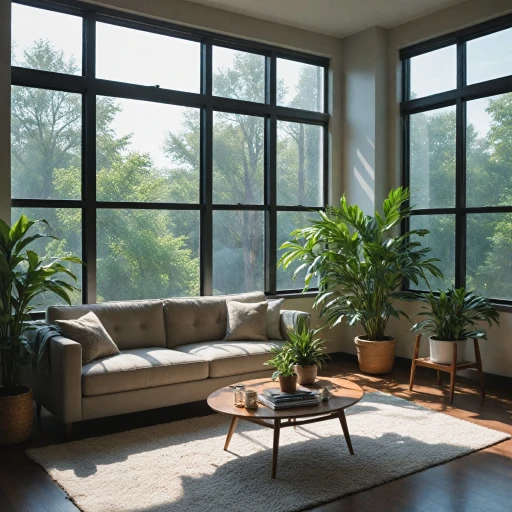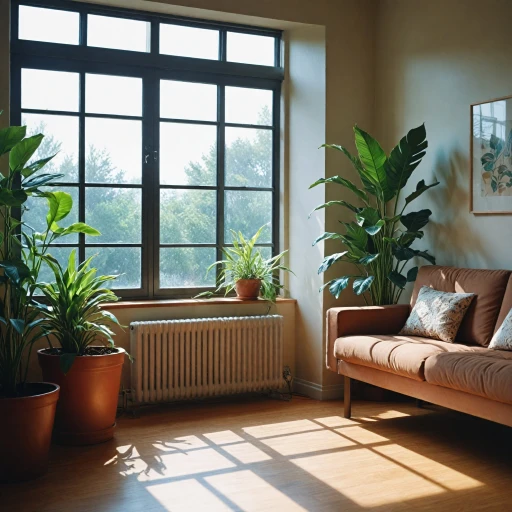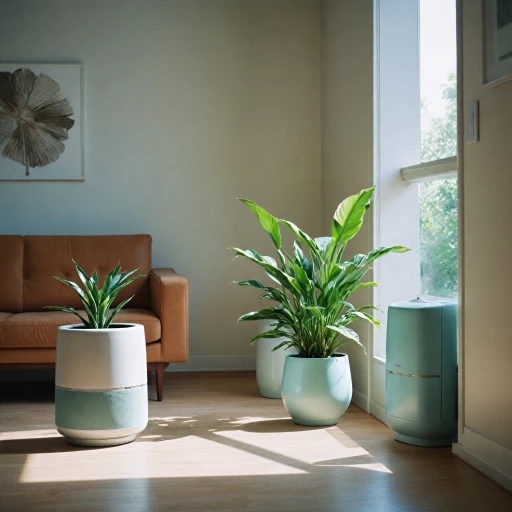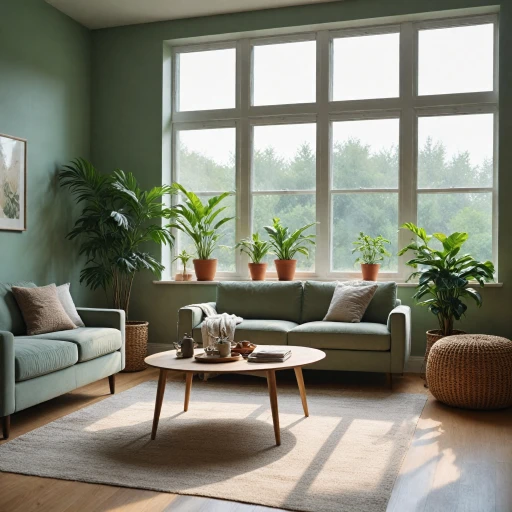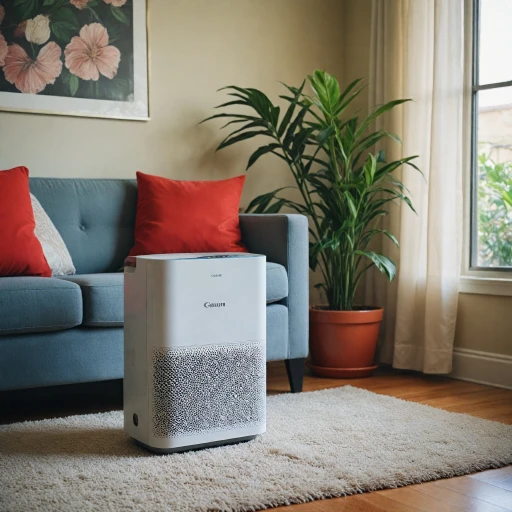
Understanding Whole House Air Purifiers
Delving Into Whole House Air Purification Systems
When discussing options for improving indoor air quality, whole house air purifiers present themselves as powerful allies. These systems integrate into your home's existing HVAC system, working tirelessly to filter out a range of airborne particles. From dust and pollen to more hazardous pollutants, these systems offer a comprehensive approach to air purification. Whole house air purifiers differ from portable air cleaners in that they are designed to purify air throughout an entire house, rather than focusing on specific rooms. This capability provides consistent air quality improvement across rooms, ensuring that every corner of your home benefits from cleaner air. These purification systems often include high-efficiency particulate air (HEPA) filters, known for their ability to capture small particles with high accuracy. By choosing a whole system, you're investing in a product designed not just for one room but for the entire house. It's worth noting that while the initial price of a whole house system can be higher than portable options, the long-term value and effectiveness balance out the cost. For those interested in understanding the benefits of integrating an HVAC air purification system, more comprehensive information is available through exploring benefits of an HVAC system. With a whole house air purifier, you can achieve not only comfort but also a healthier living environment for everyone under your roof.Benefits of a Whole House Air Purifier
Advantages of a Comprehensive Air Purification Setup
Paragraphs detailing the benefits of having an effective whole house air purifier are numerous, especially for those who prioritize quality indoor air. Here are some salient points:- Enhanced Indoor Air Quality: With a whole house system, the entire living space benefits from cleaner air, not just a single room. This ensures thorough purification, reducing harmful particles like dust, pollen, and other airborne allergens. Unlike portable air purifiers which target specific areas, these systems offer a constant stream of clean air throughout the home.
- Improved Respiratory Health: By maintaining high indoor air standards, these systems minimize respiratory issues and improve overall health. Especially for individuals with asthma or allergies, a comprehensive system significantly reduces irritants and enhances breathing comfort.
- Cost-Effectiveness Over Time: While the initial price of a whole house system might be higher than individual room purifiers, the long-term benefits outweigh the initial investment. Costs are further optimized as these systems typically require fewer filter replacements, thanks to high-efficiency filters like HEPA that are designed to last longer.
- Convenient Integration with HVAC Systems: A standout feature of whole house air purifiers is their seamless integration with existing HVAC systems. This setup not only maximizes the efficiency of air purification but also ensures that no additional space is required for extra air filters or devices.
Key Features to Consider
Essential Features for Optimal Filtration Performance
When seeking a comprehensive home air purification system, understanding the key features of whole house air purifiers can significantly affect your indoor air quality. Your decision should align with your specific needs and the layout of your home. Here are some critical considerations.
- HEPA Filters: Investing in a purification system equipped with HEPA filters is crucial to effectively capture tiny particles such as dust, pollen, and pet dander, improving the air quality throughout your home.
- Multi-stage Purification: A robust system often includes multiple filters or stages, enhancing the ability to tackle various airborne particles. This might involve pre-filters, activated carbon filters, and more specialized components.
- Compatibility with HVAC Systems: Many systems integrate with existing HVAC infrastructure, offering a seamless flow of clean air throughout your house. Ensure compatibility for optimal performance and efficiency.
- Third-party Certifications: Checking for certifications like Energy Star ensures that your air purifier adheres to high-performance standards, ensuring maximum purification with minimal energy consumption.
- Coverage Area: Evaluate the purifier's capacity to cover your home efficiently. Larger homes might require a more powerful unit to deliver the best results evenly.
- Noise Levels: Consider models that operate quietly, especially for use in rooms where low noise is essential for comfort and relaxation.
Balancing Efficiency and Cost
While top-tier air purification products provide exceptional clean air standards, it's vital to balance quality with price. Look for features that offer the best filtering capabilities for your budget, potentially reducing long-term maintenance costs. Keep in mind, effective filter replacement is key to maintaining high air purification levels and a significant sign your filter needs replacing can be diminished efficiency.
By prioritizing these features, you can ensure your whole house system delivers excellent air filtration and purification, enhancing the overall air quality within your living space.
Installation and Maintenance Tips
Guidelines for Seamless Setup and Upkeep
Setting up a whole house air purifier requires not just the purchase of the product but also a keen understanding of integrating it with your existing HVAC system. Here's a straightforward guide to help you ensure optimal functioning and longevity of your air purification system.- Professional Installation
- Employ a certified technician who understands the nuances of connecting air purifiers with HVAC systems.
- Ensure the correct alignment of ducts and filters to maximize air cleaner efficiency.
- Strategic Placement
- Position the purifier near central HVAC units to distribute clean air evenly throughout the house.
- Verify that the unit size aligns with house needs to adequately cover each room.
- Effective Filter Maintenance
- Regularly check and replace HEPA filters to maintain air quality standards.
- Use third-party compatible filters where suitable, but verify compatibility to ensure system efficiency.
- Monitor Performance
- Utilize built-in sensors to watch indoor air quality and system performance.
- Some purifiers, like Blue Pure series, offer advanced monitoring features for real-time data.
- Routine Inspections
- Schedule periodic check-ups for early detection of issues that could impact the performance. This ensures longevity and reliability.
- Budget for Longevity
- While higher initial prices might deter some, investing in comprehensive maintenance safeguards the purification system and enhances air quality over time.
Comparing Costs and Value
Evaluating the Financial Aspect and Long-Term Benefits
Understanding the cost of installing a whole house air purification system is crucial for homeowners. The upfront expense can be significant; however, when considering the long-term benefits to air quality and health, many find it a worthy investment.- Initial Costs vs. Portable Options: Whole house air purifiers generally involve a higher initial price compared to portable air purifiers. You pay for the comprehensive coverage a centralized system provides. It eliminates the need to place individual purifiers in multiple rooms, effectively filtering air throughout the entire home.
- Long-Term Savings: Despite a higher upfront cost, a whole house system can lead to savings over time. These systems integrate with an existing HVAC system to efficiently maintain clean air, reducing the need for multiple portable devices and their corresponding energy use.
- Product Choices and Pricing: The price range of whole house systems varies based on the product's features and the purification technology employed, such as HEPA filtration and advanced air filters like Pure Max. It's wise to compare product specifications and their abilities to handle dust and airborne particles.
- Operational Costs: Operational costs can include filter replacements and energy consumption. High-quality filters like HEPA might have a higher price but contribute to better purification standards. Additionally, you'll want to choose filters with a high capacity to capture fine particles to lessen frequent changes.
- Value in Air Quality Improvement: The enhancement in indoor air quality and the subsequent impact on health can outweigh purely financial concerns for many. Clean, healthy indoor air can lead to fewer doctor visits and improved overall wellness. Industry-standard air filtration in a whole house system means consistently higher purification, with products like Blue Pure expert in significantly reducing dust and particles.
- Instant vs. Ongoing Benefits: While benefits such as decreased dust are immediate, others, like improved health and fewer allergens, accumulate over time. Users who have adopted a whole house system often testify to the noticeable and sustained improvement in air quality.
Real-Life Experiences and Testimonials
Genuine Experiences from Users
Having conversation with individuals who have integrated a whole house air purification system can offer valuable insights into its performance and value. Here are some sentiments shared by these users:- Consistent Clean Air Throughout the Home: Many users appreciate the continuous flow of purified air in every room. They describe experiencing less dust and airborne particles, resulting in a noticeable improvement in their home’s air quality.
- Seamless Integration with HVAC Systems: Owners find these systems' compatibility with existing HVAC systems convenient. This integration ensures that the entire house benefits from higher quality air without needing separate air purifiers in each room.
- Improvement in Health Conditions: Some individuals suffering from allergies or asthma noted a reduction in symptoms due to the elimination of dust and allergens. High-quality filters, particularly HEPA filters, are key components praised for capturing fine particles effectively.
- Acknowledgment of Initial Cost with Long-term Savings: While the initial price and installation can be seen as considerable, users often mention the long-term benefits, such as reduced medical visits and reliance on portable air purifiers, as justifying these initial expenses.
